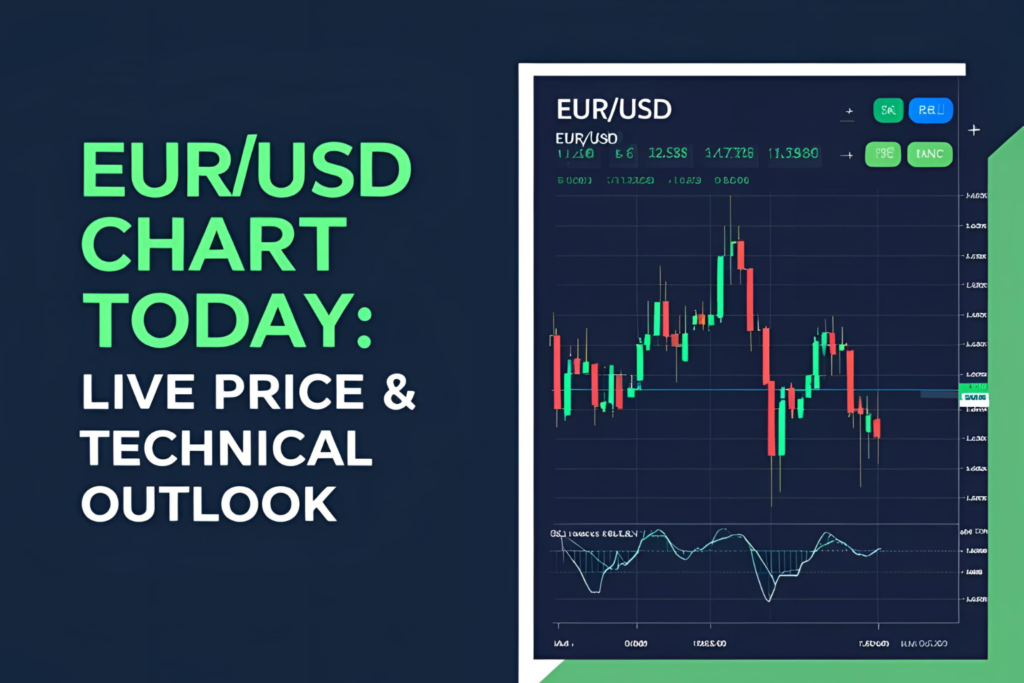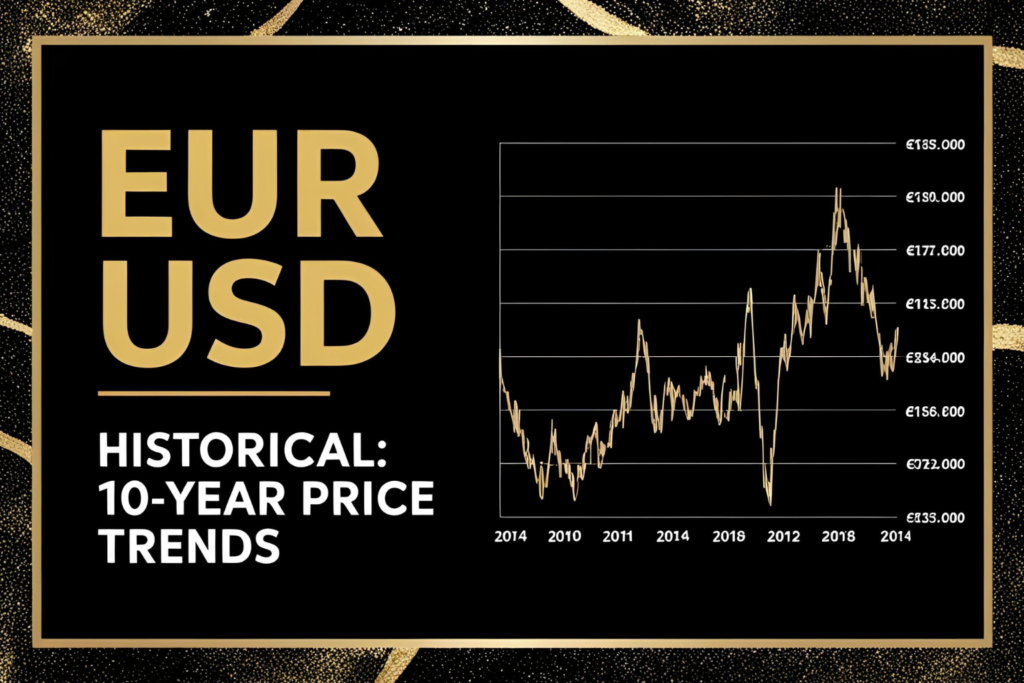Understanding the current trend in the EUR/USD pair is a key part of successful forex trading. Whether you’re a beginner or an active trader, knowing whether the trend is bullish or bearish helps you align your trades with market direction and avoid unnecessary risks.
In this article, we’ll break down how to analyze the current EUR/USD trend and what tools to use for accurate trend detection.
What Defines a Bullish or Bearish Trend?
- Bullish trend: A series of higher highs and higher lows
- Bearish trend: A series of lower highs and lower lows
The direction of the trend is determined by both price movement and the broader market context, including monetary policy, interest rate decisions, and global sentiment.
Tools to Identify EUR/USD Trend Direction
1. Moving Averages
Using the 50-period and 200-period moving averages can help confirm the trend:
- If the 50-period MA is above the 200-period MA → bullish trend
- If the 50-period MA is below the 200-period MA → bearish trend
2. Trendlines
Draw diagonal lines connecting recent swing highs and lows. An upward-sloping trendline suggests bullish momentum, while a downward trendline signals bearish pressure.
3. RSI and MACD
- RSI values above 50 support a bullish outlook
- MACD line above signal line suggests upward momentum
4. Price Action and Candlesticks
Bullish engulfing, hammer, and higher closes indicate buying pressure. Bearish patterns include shooting stars, bearish engulfing, and lower closes.
How to Analyze the EUR/USD Trend Today
Follow this simple process:
- Open the 4-hour or daily chart
- Apply a 50-period EMA and 200-period EMA
- Draw trendlines across recent swing points
- Observe price structure: is it forming higher highs or lower lows?
- Use RSI and MACD for confirmation
As of recent market behavior, EUR/USD has been trading within a tight range. Traders should watch for a confirmed breakout above resistance or breakdown below support before taking trend-based positions.
When to Avoid Trend Trading
Not every moment is ideal for trend-following. Avoid trading during:
- Sideways or choppy markets
- Major news announcements (due to volatility)
- Conflicting signals from different timeframes
Always wait for confirmation from multiple tools before labeling the market as bullish or bearish.
Frequently Asked Questions (FAQs)
1. How do I confirm if EUR/USD is trending or consolidating?
Check if the price forms consistent higher highs/lows or is moving within a tight range without direction.
2. What is the safest trend-following tool for EUR/USD?
Moving averages, when combined with price action and RSI, are considered reliable.
3. Can I use short-term timeframes to analyze trends?
Yes, but short-term trends are less reliable. Always verify with higher timeframes like 4-hour or daily.
4. What causes trend reversals in EUR/USD?
Reversals often occur due to interest rate changes, central bank commentary, or breakouts from established chart patterns.
5. How long does a trend typically last in EUR/USD?
Trends can last from several hours (intraday) to weeks or even months, depending on market drivers.



